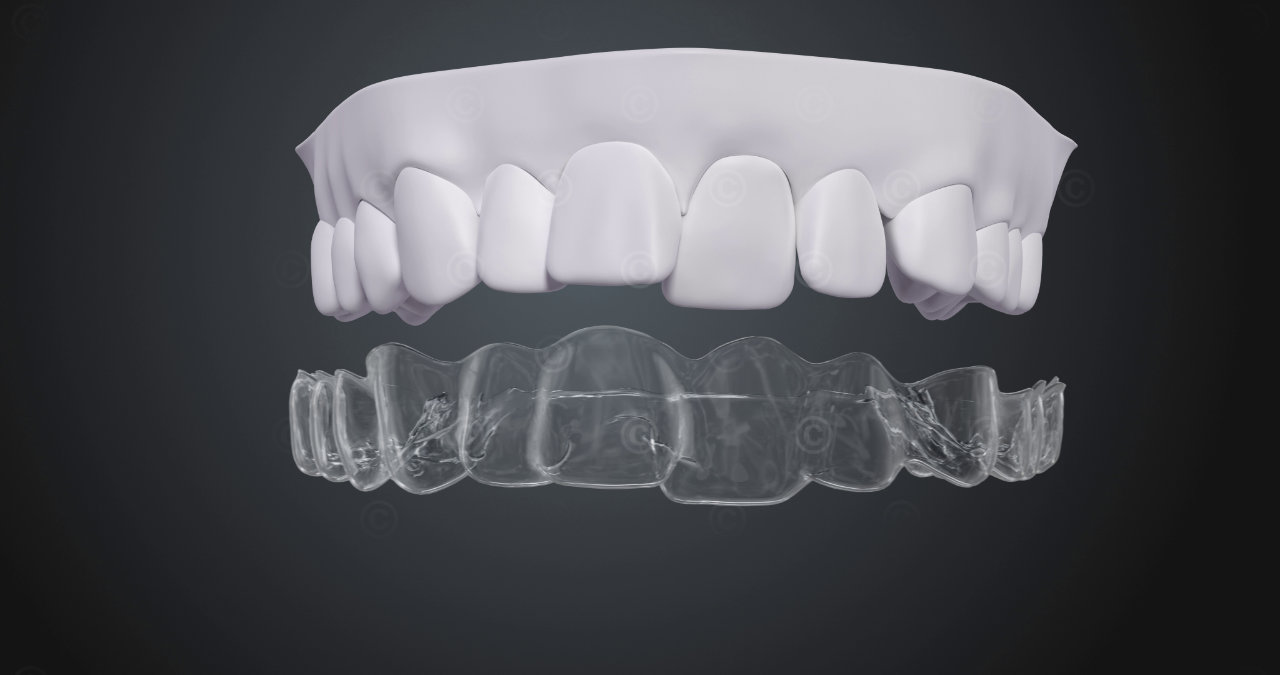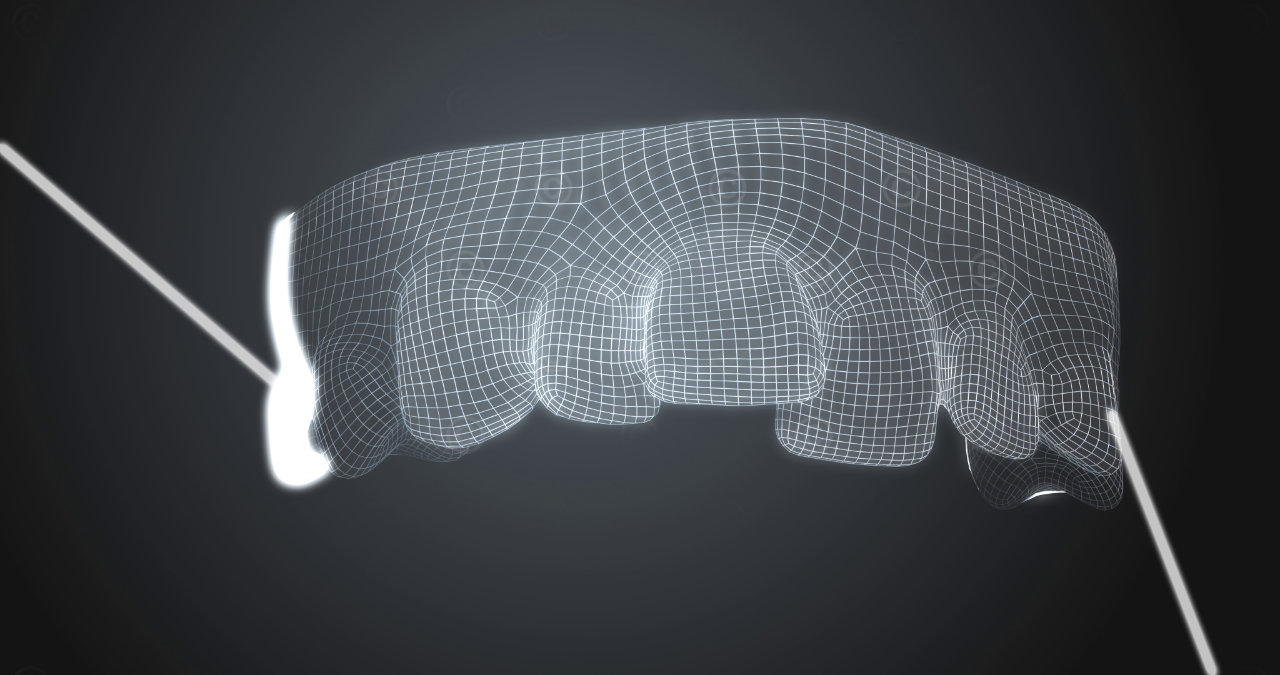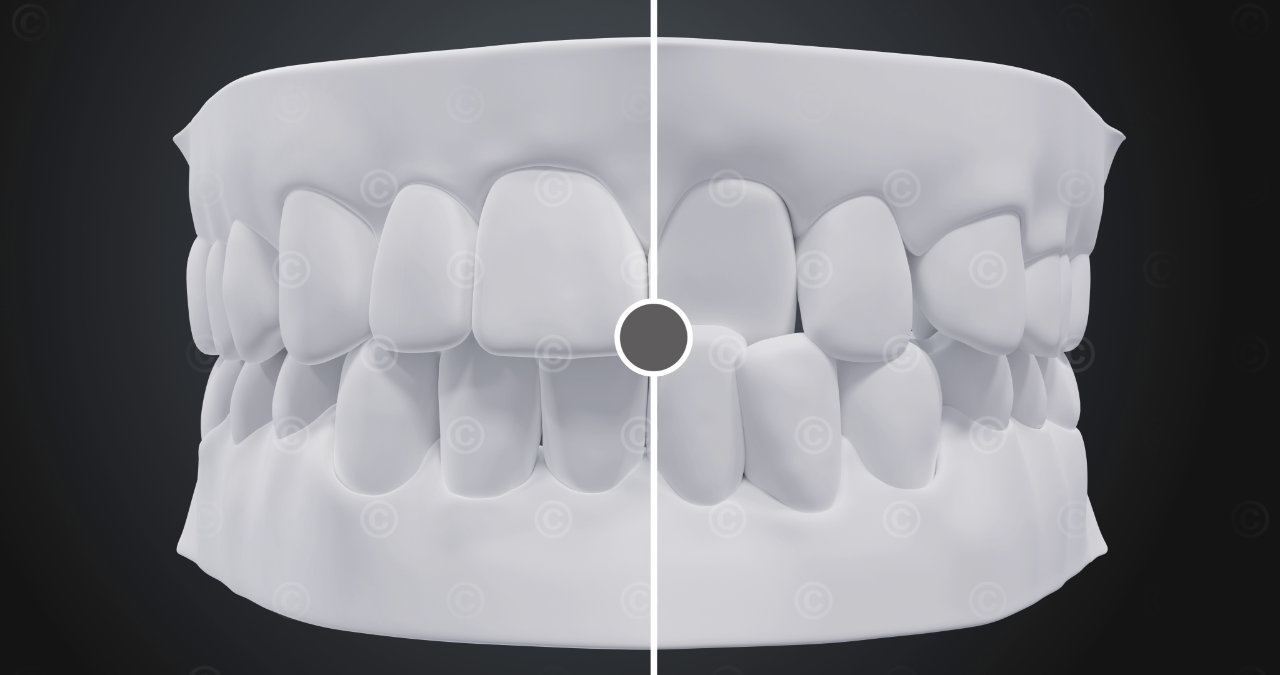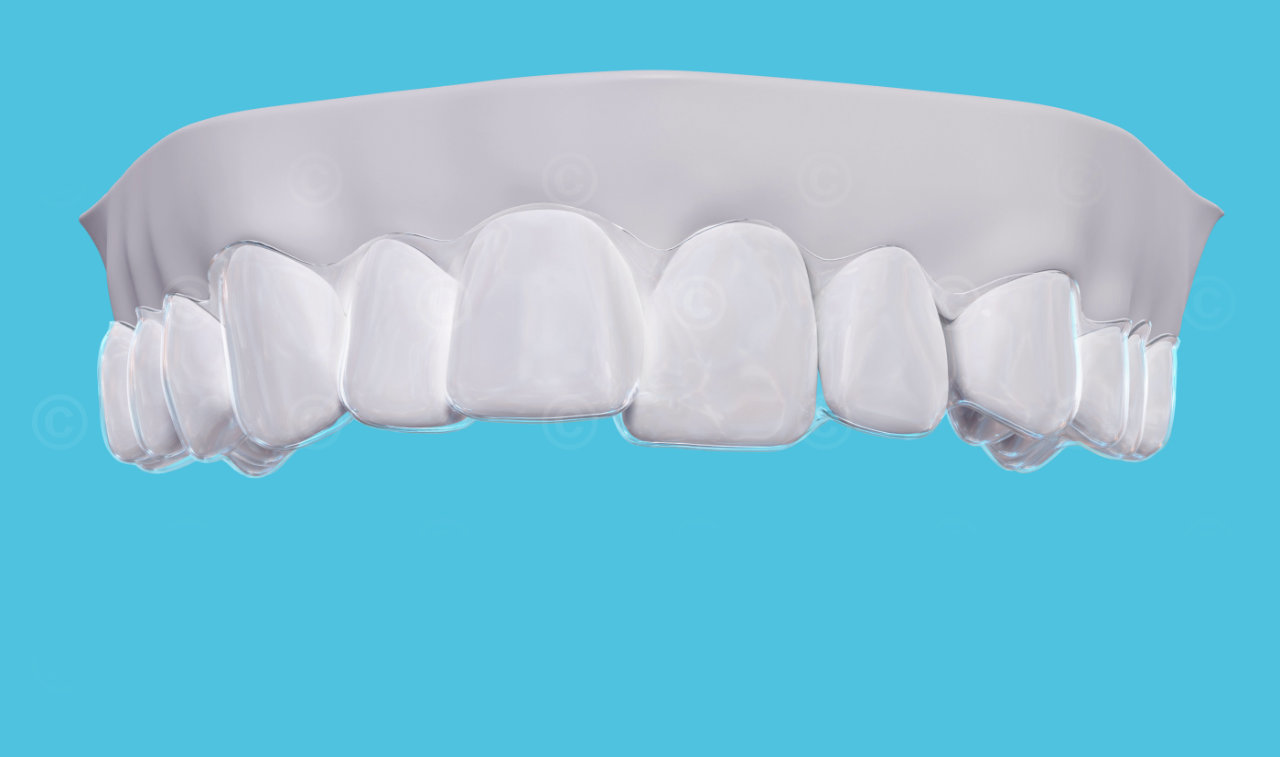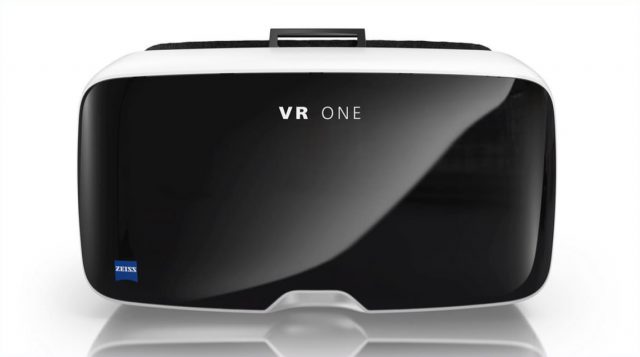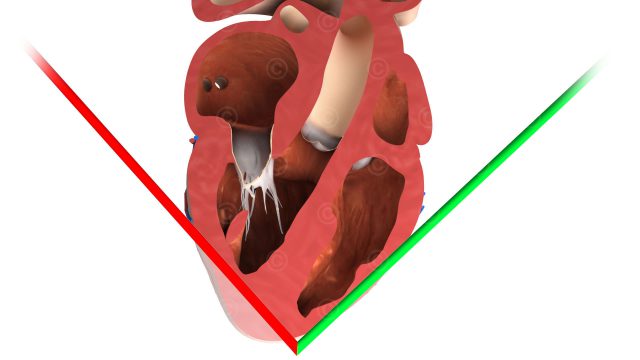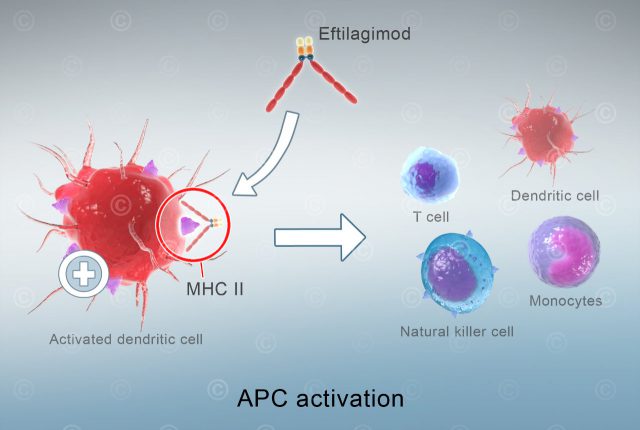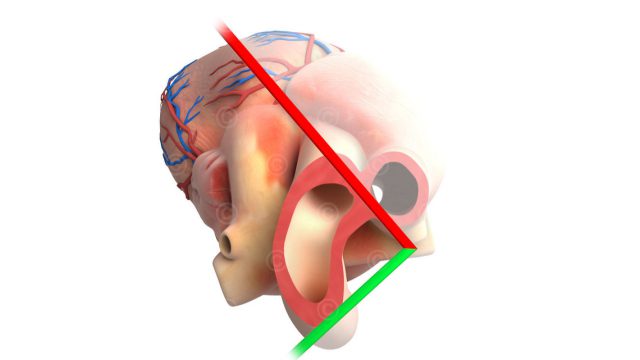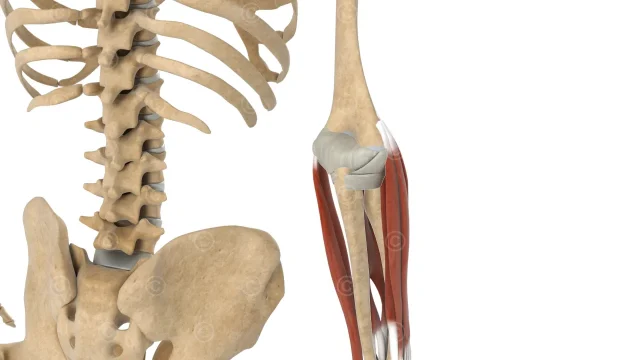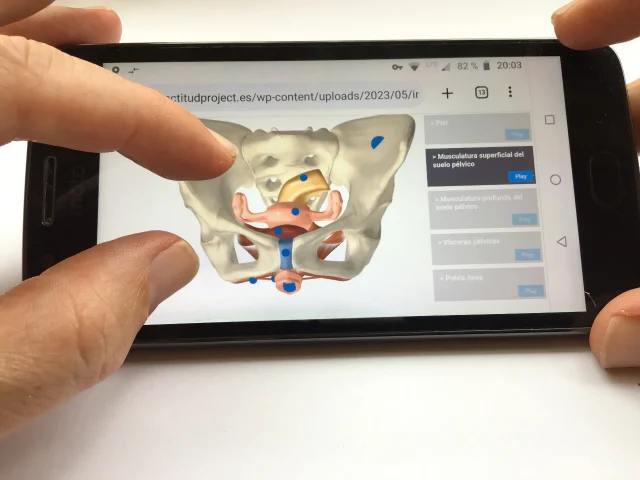Compilation animation:
Rights of use of the visual material: Ormco B.V.
Music: Kevin McLeod – As I figure – License: Creative Commons (CC BY 3.0)
Background:
Aligners are clear, removable orthodontic tools used to straighten teeth. They shift the position of teeth over time and are often used as an alternative to traditional metal braces. Aligners are custom-made for each patient and are typically worn 22-24 hours per day, with regular checkups to monitor progress.
Aligners are typically changed every 1-2 weeks, depending on each patient’s treatment plan and progress. Each set of aligners is designed to make specific movements on the teeth. Once the teeth reach the desired intermediate position, the aligners are replaced with a new set that continues the process of straightening. The frequency of aligner replacement is determined by the orthodontist or dentist overseeing the treatment and is based on the specific needs of the patient.
Aligners are designed to be virtually invisible, making them a popular choice for adults and older teens who are uncomfortable wearing traditional braces.
Description:
For Ormco’s Spark Aligner, we designed several 3D animations for aligner therapy, which is then used in orthodontists’ waiting rooms.
The 3D animations are part of a longer film for patient information and visualize different steps in an aligner therapy. The sequences show, among other things, the scanning of the individual dental findings. Based on this data of the teeth of the upper and/or lower jaw, the different aligners are then created.
Another sequence shows the correction of the malpositioned teeth. Here, one aligner is slid onto each of the teeth of the upper jaw. The dental splint shifts the teeth in a time-lapse animation, and the aligner is changed. This process is repeated several times until an ideal dental result is achieved.
Another sequence focused on the fact that the Spark Alginer is hardly visible while it is being worn. The reason for this is the extremely transparent material of the aligner. Another point is that the edge of the aligner is designed to lie over the transition from tooth to gum, which makes the edge itself barely visible.
In another animation we show a comparison of the untreated malocclusion with the treated tooth in the form of a before and after comparison.
In order to integrate ideally into the filmed footage, the animations were calculated in the format of the video material, in this case in 4K DCI (Digital Cinema Initiatives), i.e. a resolution of 4096*2160 pixels.
Project details:
Content: 5 sequences
Utilization: marketing in the waiting room, website, social media, trade fairs
Specifications: 4K DCI (4096 x 2160px)
Client: Envista Holdings Corporation
The rights of use of the images shown here belong to the client, use is not permitted. The images are protected with watermarks
Screenshots Animation
